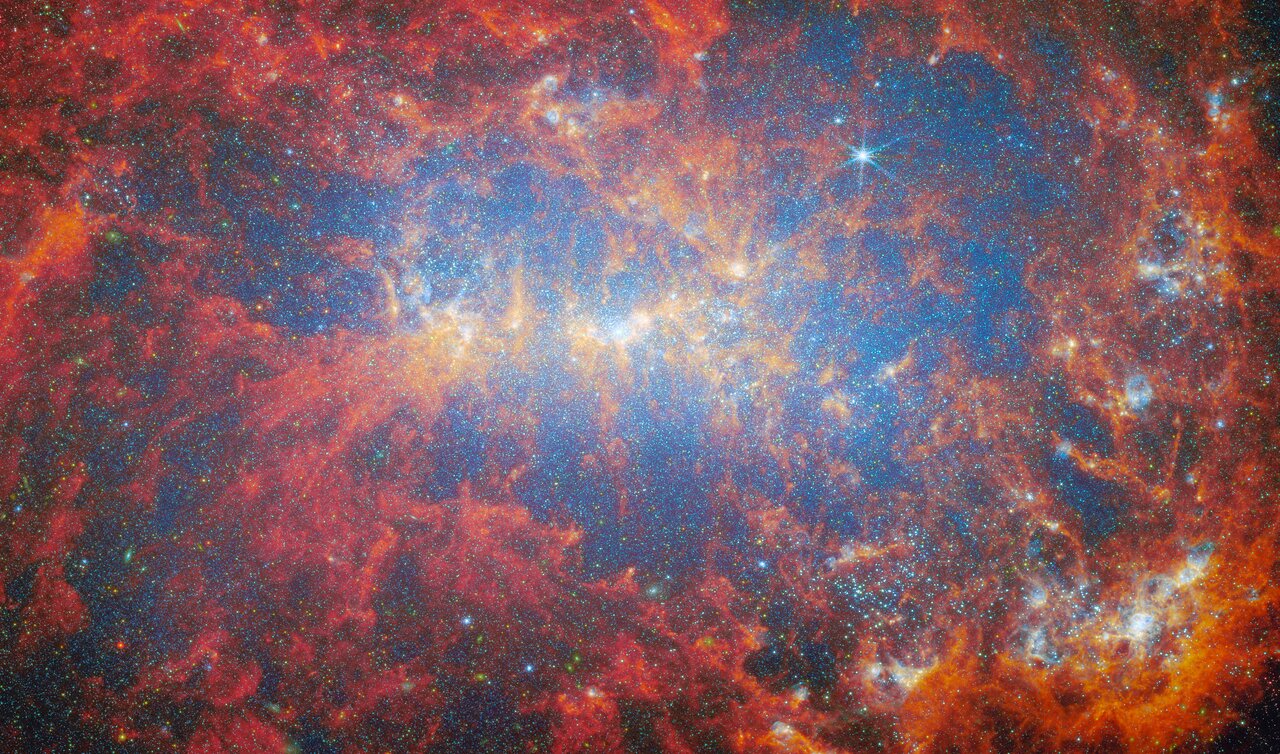President Biden has named 19 researchers who contribute to NASA’s mission as recipients of the Presidential Early Career Award for Scientists and Engineers (PECASE). These recipients are among nearly 400 federally funded researchers receiving the honor.
Established in 1996 by the National Science and Technology Council, the PECASE Award is the highest honor given by the U.S. government to scientists and engineers who are beginning their research careers. The award recognizes recipients’ potential to advance the frontiers of scientific knowledge and their commitment to community service, as demonstrated through professional leadership, education or community outreach.
“I am so impressed with these winners and what they have accomplished,” said Kate Calvin, chief scientist, NASA Headquarters in Washington. “They have made valuable contributions to NASA science and engineering, and I can’t wait to see what they do in the future.”
The following NASA recipients were nominated by the agency:
- Natasha Batalha, NASA Ames Research Center, Silicon Valley, California – for transformational scientific research in the development of open-source systems for the modeling of exoplanet atmospheres and observations
- Elizabeth Blaber, Rensselaer Polytechnic Institute, Troy, New York – for transformative spaceflight and ground-based space biology research
- James Burns, University of Virginia, Charlottesville – for innovative research at the intersection of metallurgy, solid mechanics and chemistry
- Egle Cekanaviciute, NASA Ames Research Center – for producing transformational research to enable long-duration human exploration on the Moon and Mars
- Nacer Chahat, NASA Jet Propulsion Laboratory, Pasadena, California – for leading the innovation of spacecraft antennas that enable NASA deep space and earth science missions
- Ellyn Enderlin, Boise State University, Idaho – for innovative methods to study glaciers using a wide variety of satellite datasets
- David Estrada, Boise State University, Idaho – for innovative research in the areas of printed electronics for in space manufacturing and sensors for harsh environments
- Burcu Gurkan, Case Western Reserve University, Cleveland, Ohio – for transforming contemporary approaches to energy storage and carbon capture to be safer and more economical, for applications in space and on Earth
- Elliott Hawkes, University of California, Santa Barbara – for highly creative innovations in bio-inspired robotics that advance science and support NASA’s mission
- John Hwang, University of California, San Diego – for innovative approach to air taxi design and key contributions to the urban air mobility industry
- James Tuttle Keane, NASA Jet Propulsion Laboratory – for innovative and groundbreaking planetary geophysics research, and renowned planetary science illustrations
- Kaitlin Kratter, University of Arizona, Tucson – for leadership in research about the formation and evolution of stellar and planetary systems beyond our own
- Lyndsey McMillon-Brown, NASA Glenn Research Center, Cleveland, Ohio – for leadership in photovoltaic research, development, and demonstrations
- Debbie Senesky, Stanford University, California – for research that has made it possible to operate sensing and electronic devices in high-temperature and radiation-rich environments
- Hélène Seroussi, Dartmouth College, Hanover, New Hampshire – for leading the cryosphere science community in new research directions about the role of ocean circulation in the destabilization of major parts of Antarctica’s ice sheets
- Timothy Smith, NASA Glenn Research Center – for achievements in materials science research, specifically in high temperature alloy innovation
- Mitchell Spearrin, University of California, Los Angeles – for pioneering scientific and technological advancements in multiple areas critical to NASA’s current and future space missions including rocket propulsion, planetary entry, and sensor systems
- Michelle Thompson, Purdue University, West Lafayette, Indiana – for research in planetary science and dedication to training the next generation of STEM leaders
- Mary Beth Wilhelm, NASA Ames Research Center – for achievements in science, technology, and community outreach through her work in the fields of space science and astrobiology
The PECASE awards were created to highlight the importance of science and technology for America’s future. These early career awards foster innovative developments in science and technology, increase awareness of careers in science and engineering, provide recognition to the scientific missions of participating agencies, and enhance connections between research and challenges facing the nation. For a complete list of award winners, visit:
